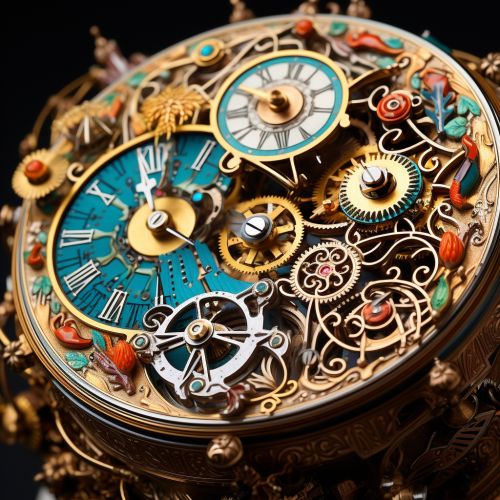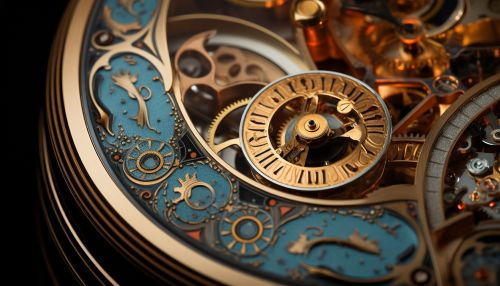Biological Clocks and Circadian Rhythms
Introduction
The biological clock is an inherent timing mechanism present in all living organisms, from the simplest of single-celled organisms to the most complex multicellular organisms, including humans. This internal clock regulates various biological processes in a roughly 24-hour cycle. These natural cycles, known as circadian rhythms, are driven by a set of genes and molecules that turn on and off in a feedback loop.


Biological Clocks
Biological clocks are endogenous timing systems controlled by genetic mechanisms that allow an organism to anticipate and prepare for the changes in the environment. These clocks are set (entrained) by environmental signals, the most important of which is daylight. The term "biological clock" is also used in a broader sense to include daily, seasonal, and annual rhythms, as well as the timing of reproductive cycles and migration patterns in animals.
Mechanism of Biological Clocks
The biological clock is composed of an intricate network of genes and proteins that interact in a feedback loop. In the loop, certain proteins bind to the DNA and promote the transcription of their own repressor. This repressor then builds up, inhibits its own transcription, and is eventually degraded, allowing the cycle to start again. This process results in oscillations of approximately 24 hours.
Impact on Physiology and Behavior
Biological clocks regulate many aspects of physiology and behavior, including sleep-wake cycles, body temperature, hormone secretion, and metabolism. Disruptions to these clocks, such as those caused by shift work, jet lag, or genetic mutation, can have profound impacts on health and well-being.
Circadian Rhythms
Circadian rhythms are physical, mental, and behavioral changes that follow a daily cycle. They respond primarily to light and darkness in an organism's environment. Sleeping at night and being awake during the day is an example of a light-related circadian rhythm. These rhythms are found in most living things, including animals, plants, and many tiny microbes.
Regulation of Circadian Rhythms
Circadian rhythms are regulated by biological clocks. The master clock that controls most circadian rhythms in animals is located in the brain, in a group of cells called the suprachiasmatic nucleus (SCN). The SCN controls the production of melatonin, a hormone that makes you sleepy. It receives information about incoming light from the optic nerves, which relay information from the eyes to the brain.
Impact on Health
Disruptions to circadian rhythms and sleep can contribute to health problems like obesity, diabetes, and mental disorders like depression and bipolar disorder. Research is ongoing to further understand how these rhythms work and how they can be harnessed to improve human health.
